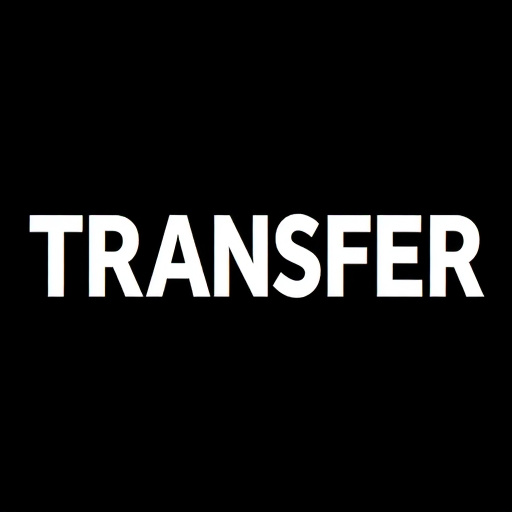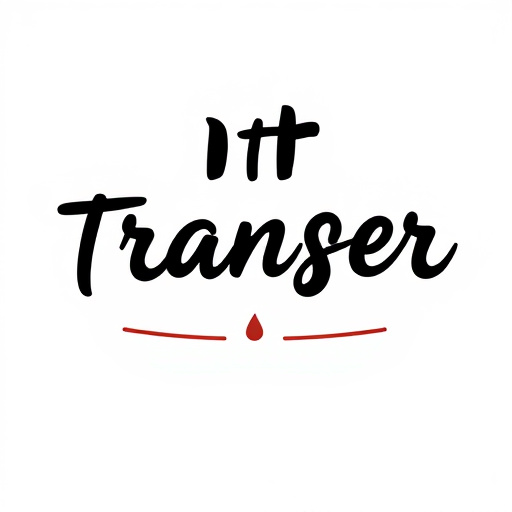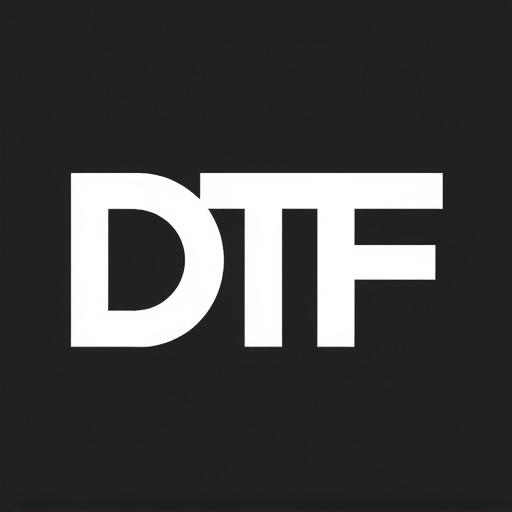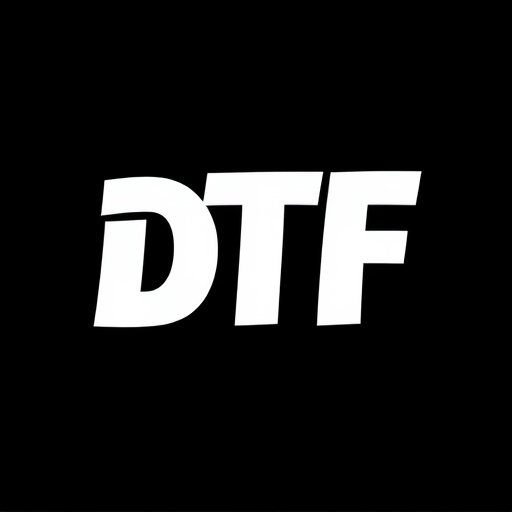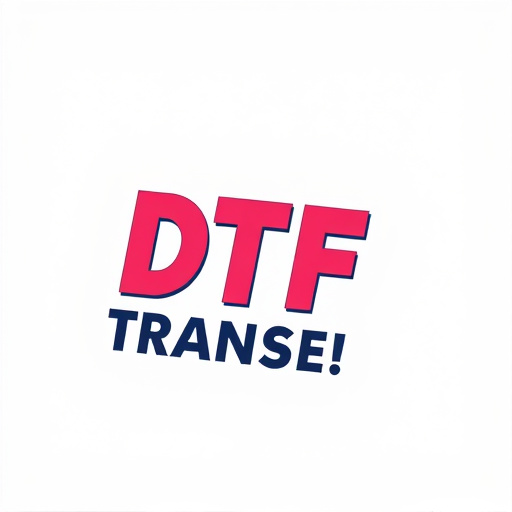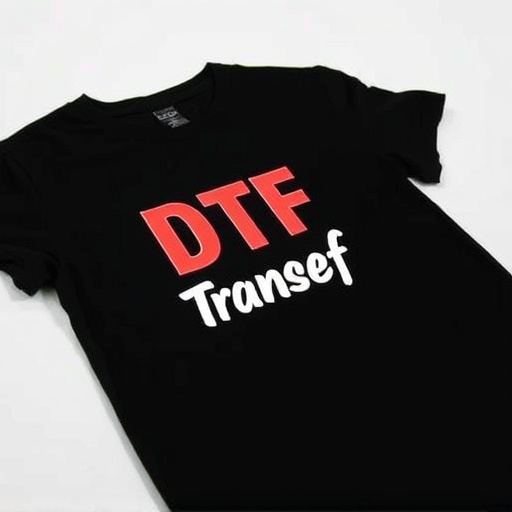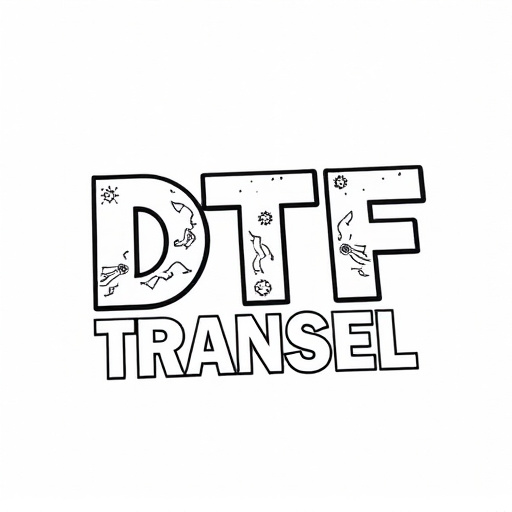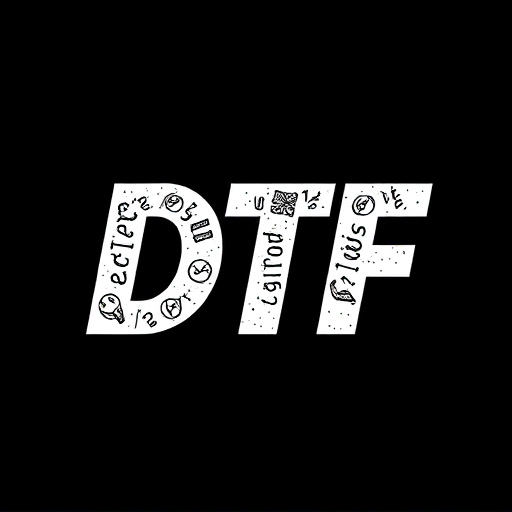DTF (Direct-to-Film) printing is a revolutionary technology transforming industries like signmaking, advertising, film, and art. It offers unparalleled versatility, efficiency, and cost-effectiveness by directly transferring ink onto various media without traditional preparation. This method streamlines post-production for filmmakers, preserves color accuracy, and captures intricate details from original film frames. DTF printing is accessible to businesses and artists, enabling swift turnaround times, high-quality results, and innovative design possibilities, ultimately driving growth and customer satisfaction across diverse sectors.
“Unleash the power of direct-to-film (DTF) printing and revolutionize your filmmaking process. This cost-effective method eliminates additional preparation charges, making it an attractive option for filmmakers and producers. Our comprehensive guide explores the benefits, preparation tips, and step-by-step process of DTF transfer. From understanding the basics to overcoming challenges, we provide insights into successful case studies. Discover how DTF printing can transform your film from analog to digital with ease.”
- Understanding Direct-to-Film (DTF) Printing: A Simple Overview
- Benefits of DTF Printing for Filmmakers and Producers
- How to Prepare Your Film for DTF Transfer
- The Process: From Film to Digital Print
- Overcoming Challenges: Common Issues and Solutions
- Case Studies: Successful DTF Printing Projects
Understanding Direct-to-Film (DTF) Printing: A Simple Overview
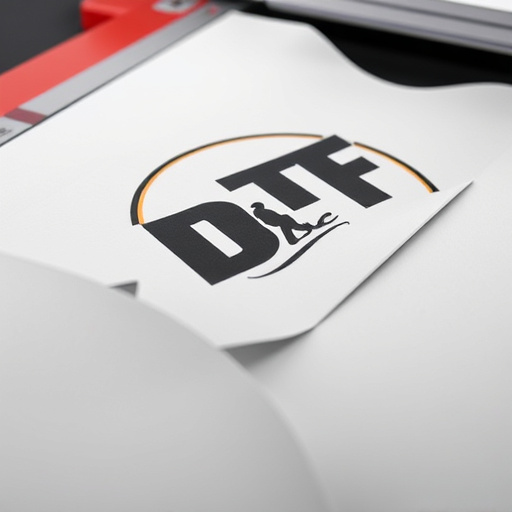
Direct-to-film (DTF) printing is a cutting-edge technology that has revolutionized the way we reproduce and display images, especially in signmaking, advertising, and art industries. This innovative process eliminates the need for intermediate steps often associated with traditional printing methods. By directly transferring ink onto a variety of media, from vinyl to canvas, DTF Printing offers unparalleled versatility and efficiency.
The simplicity of DTF lies in its direct approach. Instead of requiring complex setups or additional preparation, it allows users to print high-quality images onto various substrates with minimal effort. This technology is particularly beneficial for businesses and artists who seek fast turnaround times without compromising on quality. With DTF Printing, you can create eye-catching visuals, from large-format posters to custom art pieces, all while saving time and resources.
Benefits of DTF Printing for Filmmakers and Producers
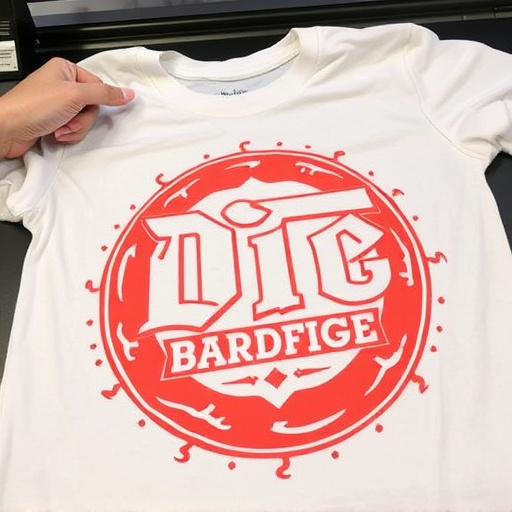
Direct-to-film (DTF) printing offers a game-changing solution for filmmakers and producers, streamlining their post-production process and reducing costs. By eliminating the need for additional preparation charges, DTF allows for a seamless transition from film to print, ensuring that the original vision is preserved with exceptional quality. This technology is particularly beneficial for independent filmmakers and small production houses who may have limited budgets but high-quality standards.
With DTF Printing, filmmakers can enjoy faster turnaround times, as the process is automated and cuts down on manual labor. It also enhances color accuracy, ensuring that the colors on screen translate accurately to the final print. This attention to detail means filmmakers can rely on their vision coming to life without any compromising on aesthetics, making DTF Printing a reliable and efficient choice for bringing cinematic masterpieces to audiences worldwide.
How to Prepare Your Film for DTF Transfer
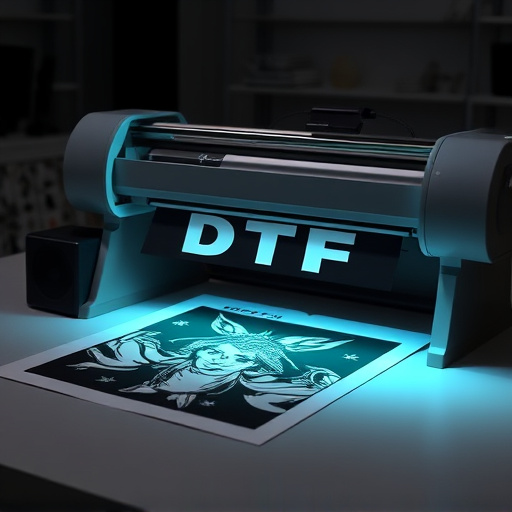
To prepare your film for a Direct-to-Film (DTF) transfer, start by ensuring your film is clean and free from any debris or fingerprints. This involves gently wiping it with a soft, lint-free cloth to remove dust and smudges. Avoid using harsh chemicals or cleaning solutions as they can damage the film’s surface. Next, check for any physical imperfections like scratches or tears. Minor issues can often be repaired with specialized kits, but more extensive damage may require professional restoration.
Once your film is clean and in good condition, it’s crucial to choose the right frame rate for your DTF printing. The frame rate should match the original film speed to ensure accurate color reproduction and quality. Consult with your chosen DTF service provider for their recommended settings. Additionally, consider any specific requirements or guidelines they may have for file formats, resolutions, and aspect ratios to ensure a seamless transfer process.
The Process: From Film to Digital Print
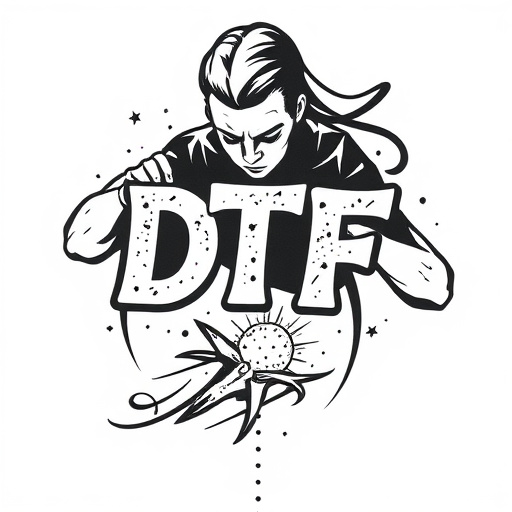
The process of direct-to-film (DTF) printing involves a seamless transition from film to digital print, eliminating additional preparation charges. It starts with the scanning and digitizing of the original film frame by frame, capturing every intricate detail in high resolution. This digital data is then meticulously processed using specialized software, ensuring color accuracy, contrast, and sharpness.
The enhanced digital file is subsequently sent to a high-quality printer capable of producing accurate and vibrant prints directly from the digital master. The printer replicates the film’s aesthetics, including its grain structure and subtle nuances, enabling viewers to experience the original film’s character in a modern format. This method preserves the intended look and feel of the film, delivering a faithful reproduction that cinemaphiles and artists alike will appreciate.
Overcoming Challenges: Common Issues and Solutions
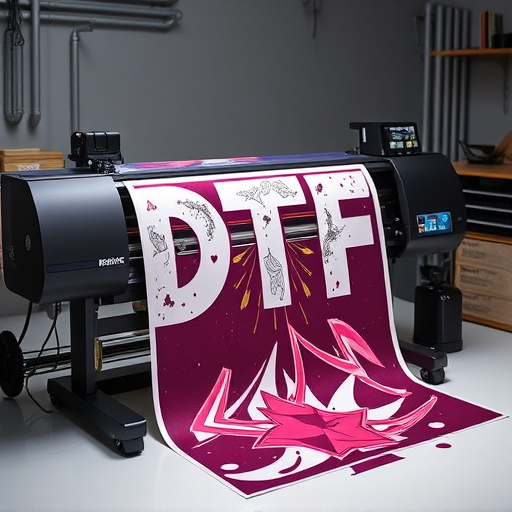
Direct-to-film (DTF) printing offers a straightforward approach to creating high-quality prints, but it’s not without its challenges. One common issue is achieving precise color accuracy, especially when dealing with complex images or fine details. This can be mitigated by using specialized DTF printers designed for photo-realistic output and ensuring proper calibration. Additionally, ink compatibility plays a crucial role; utilizing inks specifically formulated for DTF printing ensures vibrant colors and consistent performance.
Another challenge lies in the material itself. Different films have varying characteristics, affecting print quality and durability. Overcoming this requires thorough testing and selection of suitable film types for specific applications. Proper cleaning and maintenance of printing equipment is also essential to prevent contamination and ensure consistent results. These solutions contribute to streamlining the DTF Printing process, eliminating additional preparation charges, and delivering exceptional visual outcomes.
Case Studies: Successful DTF Printing Projects
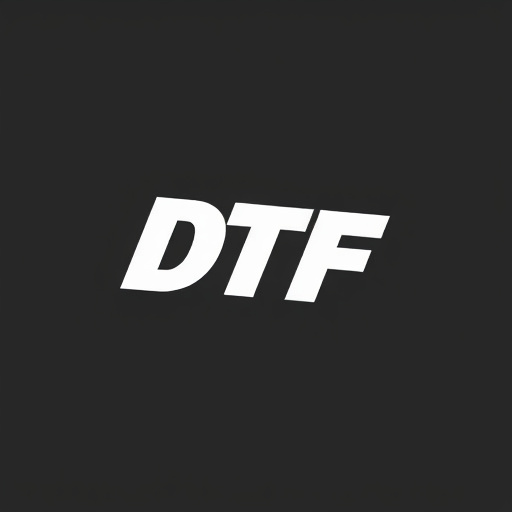
Direct-to-film (DTF) printing has gained popularity for its efficiency and cost-effectiveness, especially in various case studies where businesses and artists have achieved remarkable results with minimal preparation charges. From promotional merchandise to custom art pieces, DTF Printing has proven its versatility. For instance, a local clothing brand utilized DTF to create unique, limited-edition T-shirts featuring intricate designs that were otherwise impossible to achieve with traditional printing methods. The process allowed them to maintain low overheads and offer exclusive, eye-catching products to their customers.
Another successful implementation was seen in the signage industry, where a small business specializing in event decorations adopted DTF Printing for creating personalized banners and pop-up signs. By eliminating the need for complex setup and plate costs, they were able to quickly adapt designs according to client requests, ensuring each event had its own unique visual identity. This agility resulted in increased customer satisfaction and a growing reputation for high-quality, on-demand printing services. These examples highlight how DTF Printing’s accessibility and speed can drive business growth and innovation without breaking the bank.





